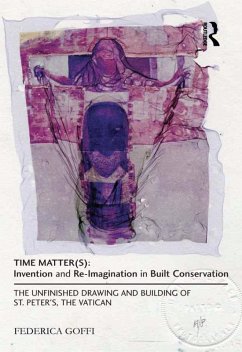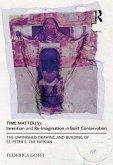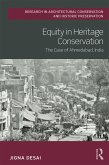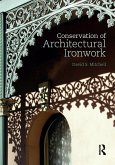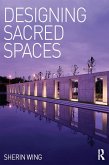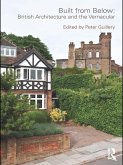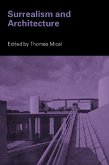Even though the idea of altering an existing building is presently a well established practice within the context of adaptive reuse, when the building in question is a 'mnemonic building', of recognized heritage value, alterations are viewed with suspicion, even when change is a recognized necessity. This book fills in a blind spot in current architectural theory and practice, looking into a notion of conservation as a form of invention and imagination, offering the reader a counter-viewpoint to a predominant western understanding that preservation should be a 'still shot' from the past. Through a micro-historical study of a Renaissance concept of restoration, a theoretical framework to question the issue of conservation as a creative endeavor arises. It focuses on Tiberio Alfarano's 1571 ichnography of St. Peter's Basilica in the Vatican, into which a complex body of religious, political, architectural and cultural elements is woven. By merging past and present temple's plans, he created a track-drawing questioning the design pursued after Michelangelo's death (1564), opening the gaze towards other possible future imaginings. This book uncovers how the drawing was acted on by Carlo Maderno (1556-1629), who literally used it as physical substratum to for new design proposals, completing the renewal of the temple in 1626. Proposing a hybrid architectural-conservation approach, this study shows how these two practices can be merged in contemporary renovation. By creating hybrid drawings, the retrospective and prospective gaze of built conservation forms a continuous and contiguous reality, where a pre-existent condition engages with future design rejoining multiple temporalities within continuity of identity. This study might provide a paradigmatic and timely model to retune contemporary architectural sensibility when dealing with the dilemma between design and preservation when transforming a building of recognized significance.
Dieser Download kann aus rechtlichen Gründen nur mit Rechnungsadresse in A, B, BG, CY, CZ, D, DK, EW, E, FIN, F, GR, HR, H, IRL, I, LT, L, LR, M, NL, PL, P, R, S, SLO, SK ausgeliefert werden.

